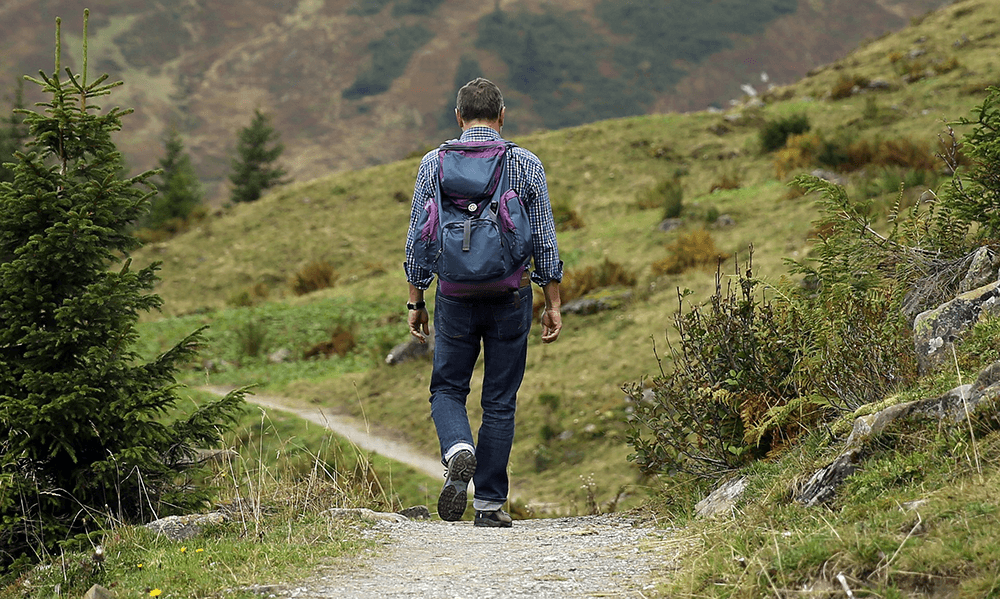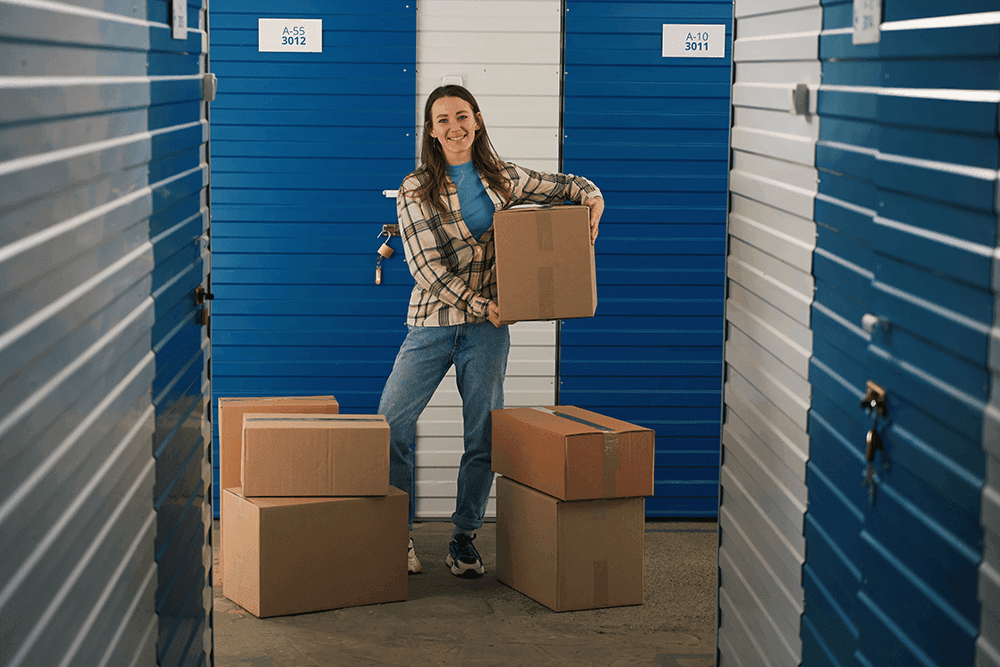
 Storage Tips
Storage TipsHow to Organize and Store Hiking Equipment
You just finished one of your best hiking experiences, and now it's time to store the equipment. Storing hiking equipment and gear correctly is going to keep everything usable longer. Knowing how items should be prepared, packed, and placed into storage is going to keep it clean and protected. Cramming everything into the garage, basement, attic, closet or under the bed during off-seasons won't protect or keep your gear free of dirt. Self-storage allows you to declutter your home and take advantage of dedicated storage space. No matter where you live, finding the best storage method for your equipment and lifestyle is going to make hiking more enjoyable. Here are some tips to making the most of storage options.
Packaging Options for Your Hiking Equipment
These days cardboard isn't just cardboard anymore. Once you figure out your storage needs, you'll find a good selection of cardboard box types, styles, sizes, and durability. The size and shape are going to make storage stacking easier. Rule of thumb limit the weight. For bulky items consider multiple small, sturdy boxes. Larger boxes work better for lightweight items.
Depending on the gear, select a box size that keeps everything together. You can use different packing wraps like paper, bubble, blankets, or pads to keep things from moving or shifting inside of the box. Pack it tight and leave no space in-between the items. One packing cost-savings measure is to use clean rags, towels, or clothing to wrap items or fill in the spaces. Avoid using soiled packing materials, dirt and grime can lead to odors attracting bugs and other pests.
Don't over pack the box. It makes stacking difficult when there's a bulge. It can also cause the box to collapse or the stack to tumble. When stacking storage with or without shelving, keep the heavy boxes on the bottom and lighter ones on top.
Protect your Hiking Equipment for the Next Hike
It turns out that the box's inside preparation is just as important as the outside. Some hiking equipment needs to be disassembled before storing. Equipment with movable parts need to be cleaned and individually wrapped to prevent breakage. Most of the cook systems or flat stoves have flaps, covers or doors; when storing either tape them shut or use a tight storage shrink wrap, bubble wrap or padding to hold it in place. The box size needs to accommodate the height and weight to protect it against damages.
Here are specific guidelines for storing hiking gear to keep it in ready condition for your next trip. Hiking boots are generally manufactured with some leather. Climate changes or exposure to light can cause the leather to crack. Same goes for tents, sleeping bags or backpacks -- after airing them out, these items should be stored flat not folded or compressed. This tip can help prevent cracks or tears in the fabric. It also keeps a sleeping bag's fluff and waterproof coating intact.
Easy Access for a Weekend Getaway
Picking the right sized self-storage will keep your hiking equipment and gear safe, and functional. Do you need or want to use shelves instead of stacking the boxes on top of each other? Shelving allows you to slide the boxes or bins in place rather than stacking them on the floor. Be sure to mark all the boxes, so you know exactly what's in each one. For boxes that won't be opened frequently, use storage packing tape to close the box -- it helps to seal out the dust.
Next, sort them by groups for storage:
- Heavy Equipment on the Bottom -- hiking containers, stoves, tools
- Light Gear in the Middle -- tents, sleeping bags, blankets
- Clothing on the Top -- shoes, outwear, thermos
If you want daily access to shelved equipment without boxes, consider using a protective storage cover to keep everything clean. Covers come in a range of durability, size, color, and tie-down designs.
Environmental Controls for Unpredictable Weather
Not many attics or garages can boast about climate control protection features. The purpose of renting a self-storage climate-controlled unit is to keep hiking equipment and gear cool, dry, and away from damaging UV lighting. When temperatures rise and fall, mold and mildew breed caused by the moisture in the air and space. It's why the units are set with consistent inside temperatures year-round. It's done by evenly distributing heating and air conditioning to manage the unit's humidity.
Equipment, gear, and clothing are all susceptible to mold and mildew. If you cleaned the equipment before storing, without climate control, you could end up dealing with mold or mildew and equipment damage due to the temperature changes. When moisture accumulates on or inside of the equipment, parts can rust, or the internal mechanisms can start to break down and fail to function.
If you take care of your hiking gear and equipment, it will take care of you. Why not consider storing it in storage designed to keep it all functioning and safe from environmental elements' month after month.
We're Your Storage Solution!
Storage Rentals of America is your convenient self-storage solution. So come into our office or give our storage experts a call at 1-800-457-5678. Our call center is available 7 days a week and can help determine which storage unit size best fits your storage needs.



